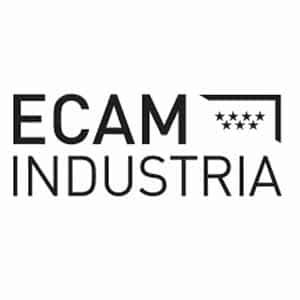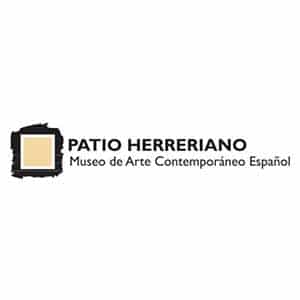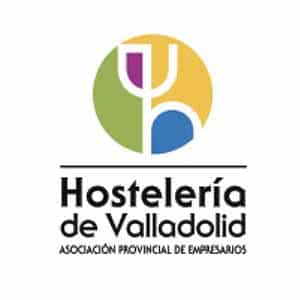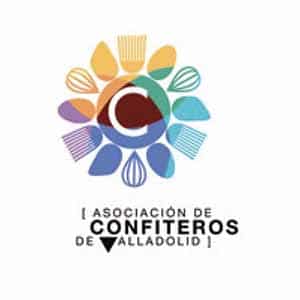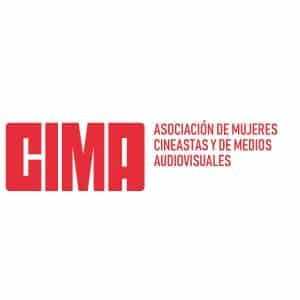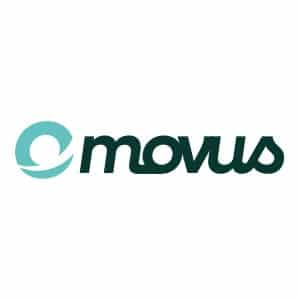The new director of the Valladolid festival, who has symbolically received the baton from his predecessor, Javier Angulo, has unveiled the posters that will identify the 68th edition
José Luis Cienfuegos was formally presented this Wednesday, May 3, as the new director of the International Film Week of Valladolid, in a ceremony attended by the Mayor of Valladolid, Óscar Puente; the Councilor of Culture and president of the Municipal Foundation of Culture (FMC), Ana Redondo; the manager of the FMC, Carmelo Irigoyen, and the former director of Seminci, Javier Angulo, who has symbolically passed the baton to Cienfuegos at the head of the festival.
Angulo gave the new director two copies of the books published by the festival on the occasion of the 50th and 60th anniversary of Seminci, the work of César Combarros Peláez, and stressed in his farewell that “after 15 years that have been exciting professionally and personally, I leave you in very good hands”. In this sense, he listed “the internal and external team of companies, which give us an impressive service; an enthusiastic city council, which will help you a lot; a management, which will help you with everything; a media, which will take care of you and support you; and a treasure, which is the public of Valladolid, which appreciates cinema and is very grateful”. “I wish you every success and that you put the Seminci even higher,” he concluded.
In his first speech as director of Seminci, José Luis Cienfuegos has claimed that film festivals “are more necessary than ever”. “Times have changed and, therefore, festivals are absolutely relevant for the survival, knowledge and circulation of auteur cinema,” said Cienfuegos, who expressed his intention that Seminci “be a protagonist and be in the front row, fighting for and for auteur cinema”.
Cienfuegos acknowledged his “excitement” at assuming the position of director of Seminci, “a festival where I have learned everything as a film programmer”, and has pledged to put all his “enthusiasm, work and effort” so that, “from these solid foundations that have been built, to take momentum again, to provoke the meeting, learning and the very special connection between festivals, filmmakers and the public”.
Regarding the lines of work, Cienfuegos proposes to plan a festival where “there will be a fluid dialogue between the cinema of the past and the cinema of the present” because, in his opinion, “without knowing the cinema of the past it is impossible to understand the modern cinema of today”. For this reason, we will try to build “an organic and articulated program, where each spectator marks his or her own road map”. In addition, Seminci will also be a film event “complicit and provocative at some point, where there is that interaction, that feedback between the industry, viewers and creators”.
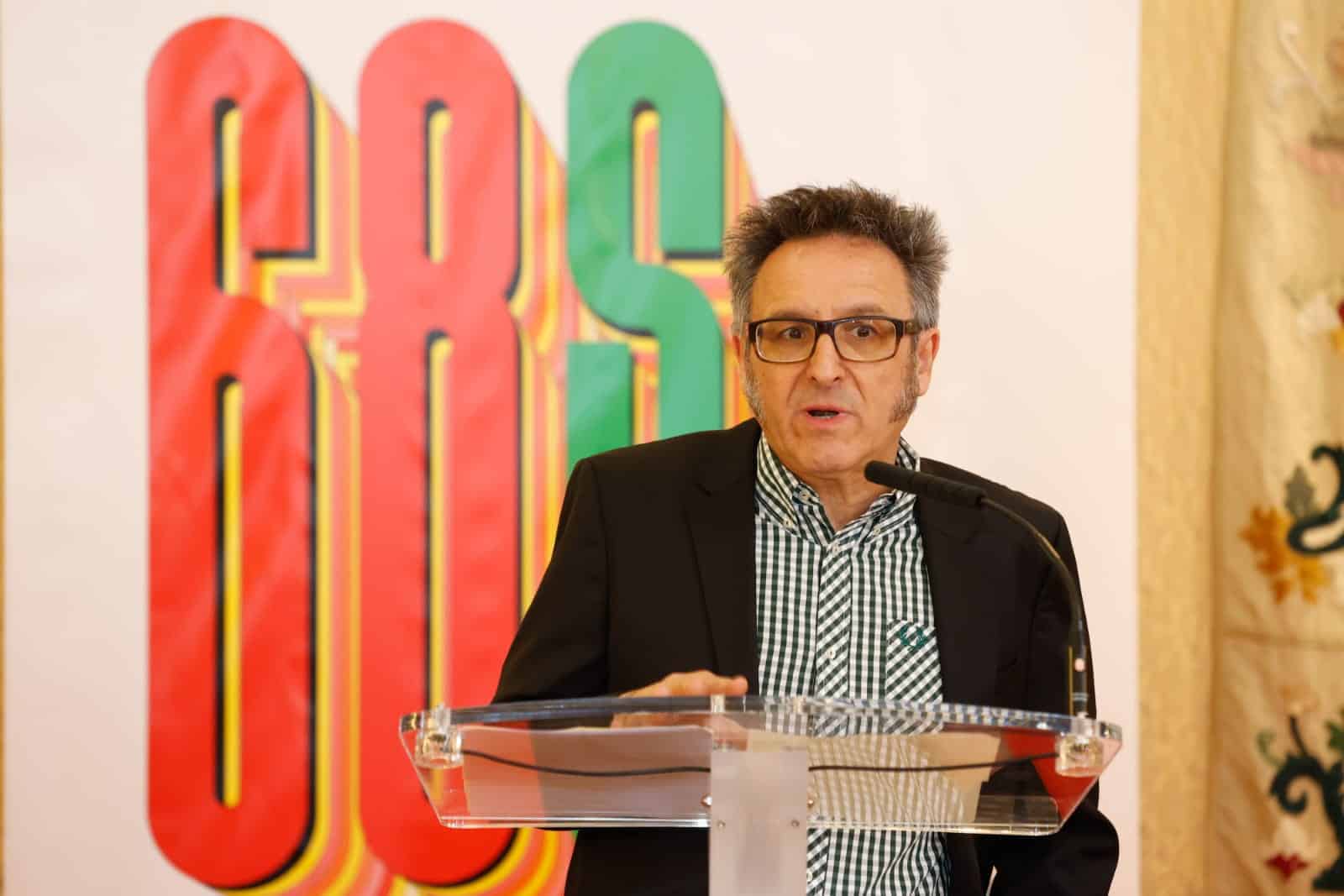
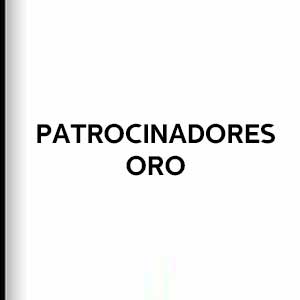
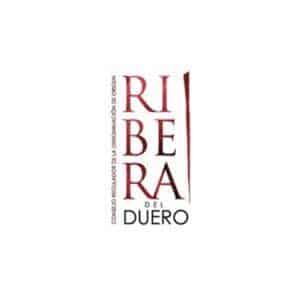

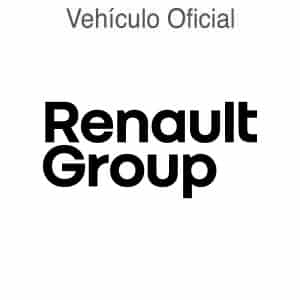
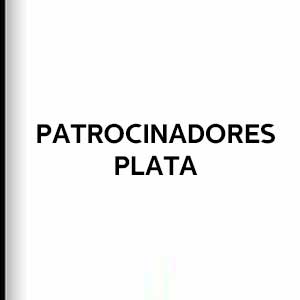



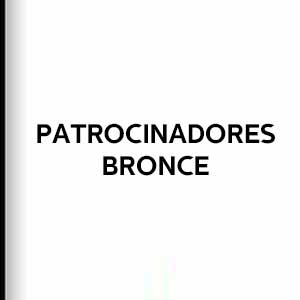
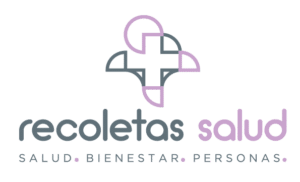
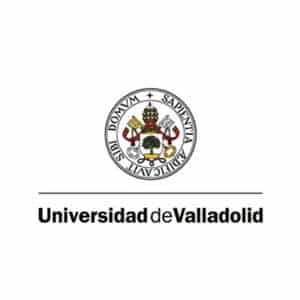
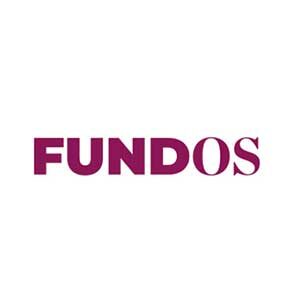




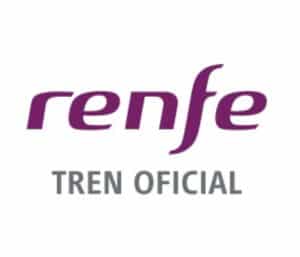

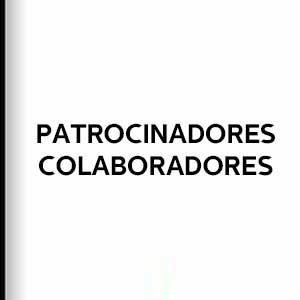
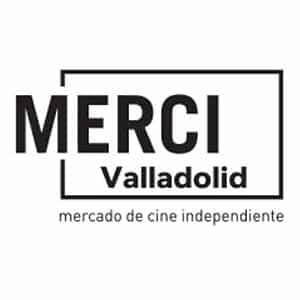
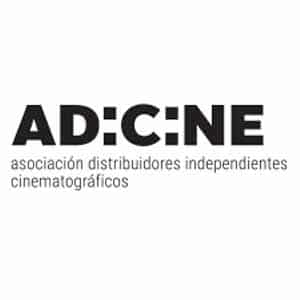
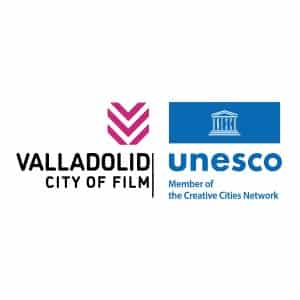
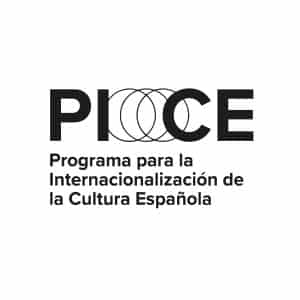
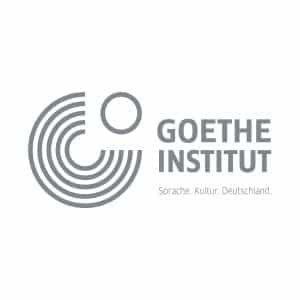
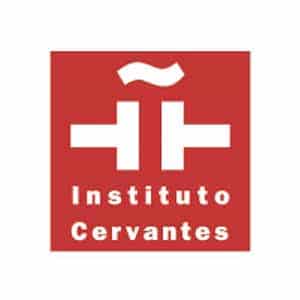
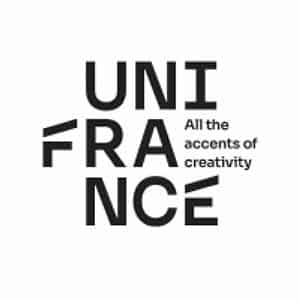
![Logo Foro Cultural de Austria Madrid[1]](https://www.seminci.com/wp-content/uploads/2024/09/Logo-Foro-Cultural-de-Austria-Madrid1-300x76.jpg)
